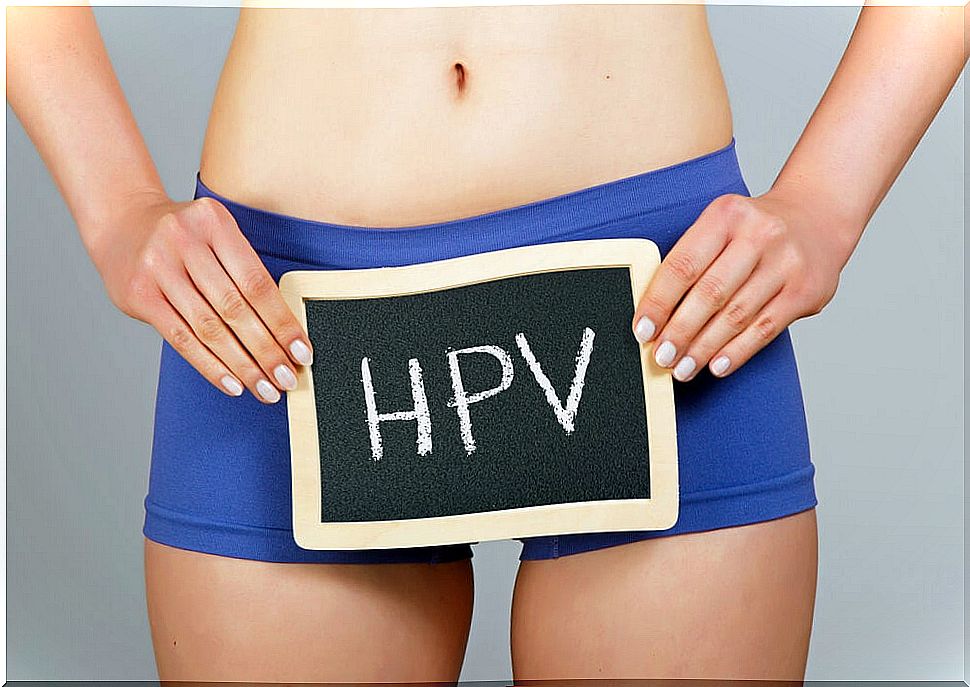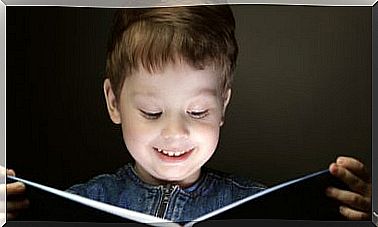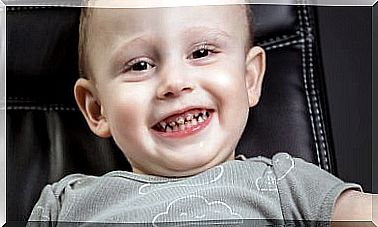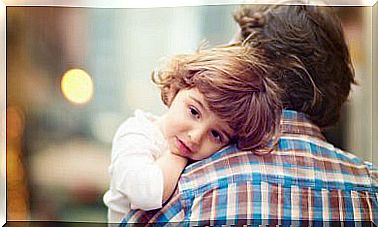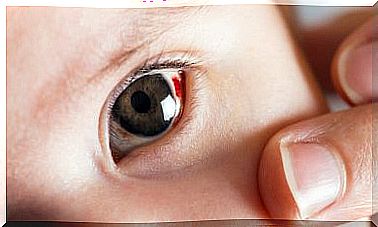There Is Hope For Childhood Leukemia: Gene Therapy
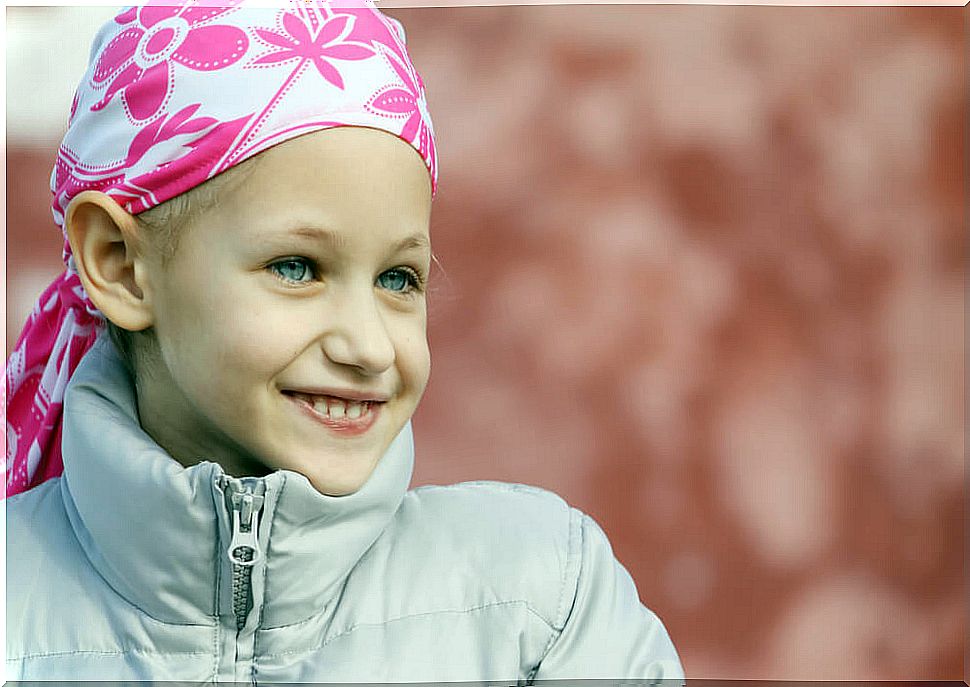
The most recent treatments against one of the most frequent cancers in the childhood population have not only managed to slow the progression of the disease, but have even been able to reverse it. Gene therapy is giving these children with childhood B-cell leukemia a new avenue of hope.
But to understand leukemia, we must first know which cells it affects and how they originate. It all begins in the bone marrow, a white spongy tissue located inside long bones such as the femur, or the hip and sternum.
Here, in the bone marrow, there is a small number of stem cells that will give rise to the different cell types that we find in the blood: the lymphoid series (lymphocytes) and the myeloid series (red blood cells, platelets and some white blood cells). So how does B cell cancer start?
What is childhood leukemia?
All cancer arises when our body begins to produce cells at an uncontrolled rate, with the particularity that these abnormal cells do not die. Since our body is made up of cells, cancer can appear in any organ of the body.
In the case of childhood leukemia, the cancer originates in the bone marrow, so the cells affected are blood cells, specifically those that give rise to white blood cells or myeloid cells, myelocytes.
These cancer cells sometimes remain in the bone marrow, although they generally enter the bloodstream spreading the disease and, in some cases, invade other parts of the body, such as the lymph nodes, spleen, liver, and central nervous system. .
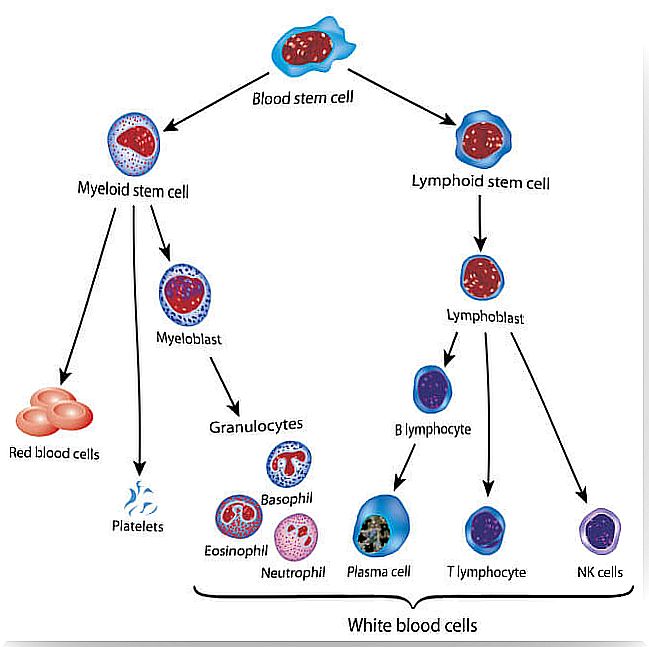
Types of childhood leukemia
Based on different characteristics, The American Cancer Society classifies childhood leukemia into the following subtypes: acute or fast growing, chronic or slower growing, myeloid cells, or lymphoid cells.
- Acute lymphocytic leukemia (ALL). It is the most frequent. It affects lymphocytic cells, those that will form white blood cells. It is known as B cell leukemia.
- Acute myeloid leukemia (AML). It originates from myeloid cells. It represents the majority of the remaining leukemia cases.
- Chronic lymphocytic leukemia (CLL). It is very rare in children. It affects the white blood cells in the bone marrow.
- Chronic myeloid leukemia (CML). This variant has its origin in hematopoietic cells, those that give rise to red blood cells and platelets, so it invades the bloodstream. It is rare in children.
A door to hope: gene therapy
Recently, the Hospital Clinic de Barcelona has treated several children with B-cell ALL who did not respond to conventional treatment. A novel gene therapy has been applied to them that is still in the experimental phase in humans: tisagenlecleucel. This treatment was approved by the FDA in 2012 and is distributed by the pharmaceutical company Novartis. But what exactly is gene therapy?
Gene therapy
Gene therapy is a treatment tailored to each patient in which specific genes are introduced into certain cells of the patient to fight the disease. In this way, it is possible to avoid transplant rejections and increase the effectiveness of the treatment by designing specific targets to attack the cancer.
Treatment design for childhood leukemia
The process is carried out in several steps and takes about 22 days to complete.
- First, blood cells are removed from the patient and T lymphocytes are isolated.
- Later, in the laboratory, they are genetically manipulated; They include a DNA sequence to produce a protein called CAR (Chimeric Antigen Receptor).
- CAR is responsible for recognizing another protein located on the surface of cancer cells, CD19.
- The patient’s T Lymphocytes (LT) that have been modified are grown in the laboratory to obtain billions of them.
- In a final phase, the modified LTs are inoculated into the patient in the form of an intravenous infusion.
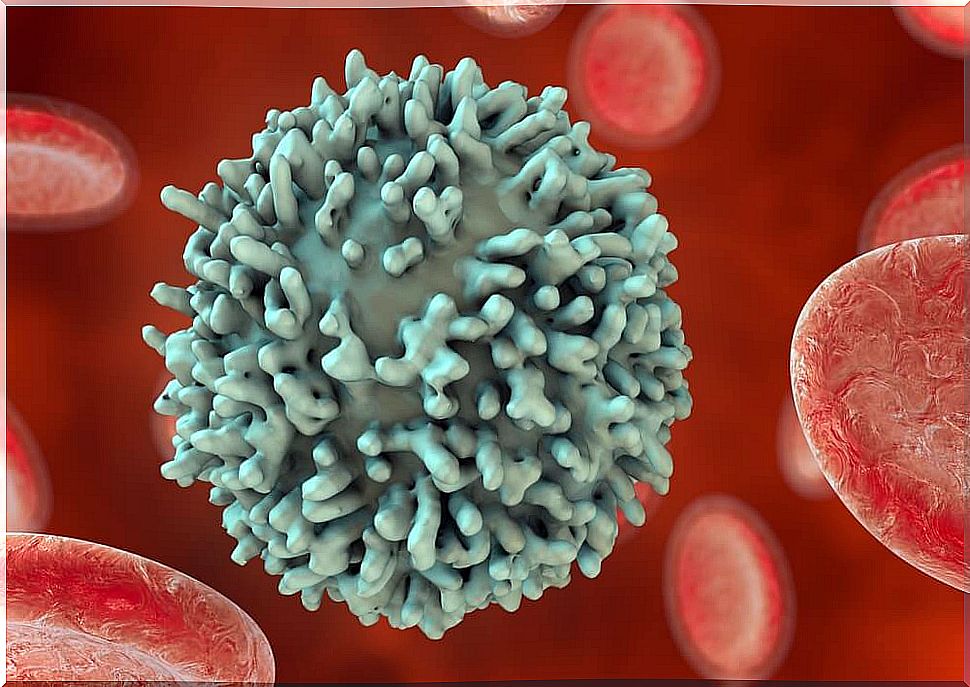
How does the T-CAR / CD19 binomial work?
Imagine the cell as a sphere from whose surface branch-shaped structures emerge, each with a characteristic morphology. These branches will be responsible for the cell’s relationship with its environment and with other cells.
In the specific case at hand, the patient’s modified LTs express a very specific ‘branch’ on the surface, the CAR, which specifically recognizes another ‘branch’ on the surface of the BL, the CD19. Now that the T lymphocyte has recognized the cancer B cell, it can proceed to its elimination.
However, to quote NIH Director Dr. Francis Collins:
Successes and Failures of Immunotherapy in Childhood Leukemia
In the results observed 3 months after the application of the treatment, according to the National Cancer Institute (NIH), 80% of the patients who had not responded satisfactorily to conventional chemotherapy present a clear remission of the disease.
However, we must be cautious about this success of immunotherapy in view of the observed side effects and that must be taken into account. Dr Collins submitted a report on the matter, highlighting the following points:
- The CD19 protein is present in B lymphocytes, so LT-CDR does not distinguish between cancer and healthy cells, and the patient must be treated for immunosuppression.
- Appearance of cytosine release syndrome, which remits after the application of the appropriate medication.
- Presence of neurological side effects, such as confusion and seizures, which seem to reverse without the need for treatment.
Of course, this innovative treatment has brought new hope to the families of these evicted children. Not yet perfected and being in the experimental phase, its more than good results have facilitated the approval of immunotherapy to treat other cancers, such as HPV or lymphomas.
